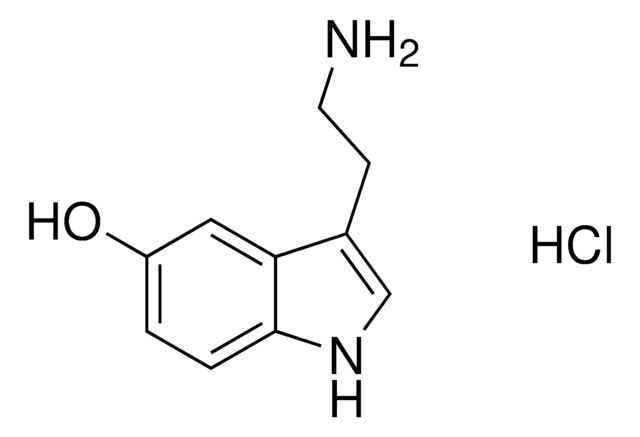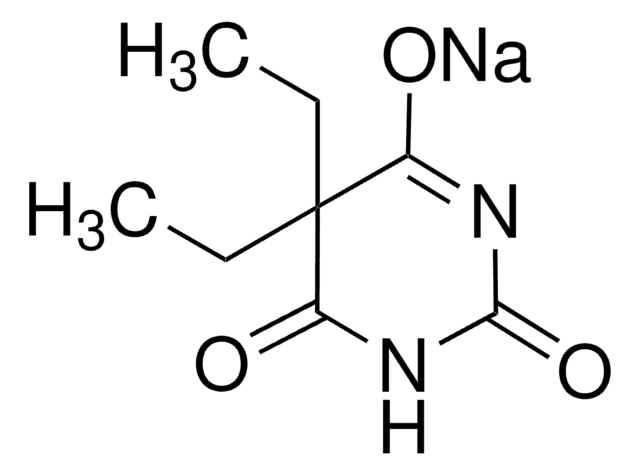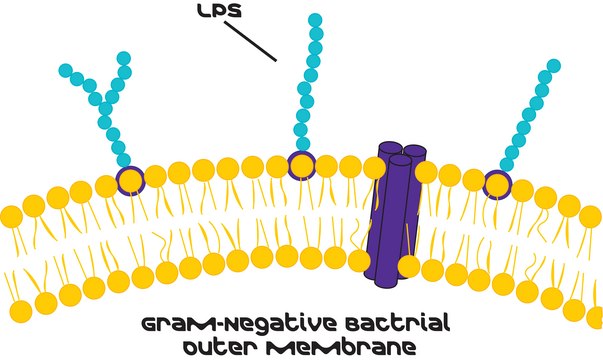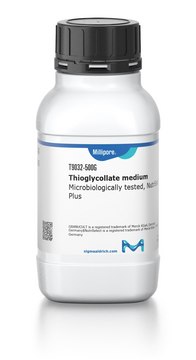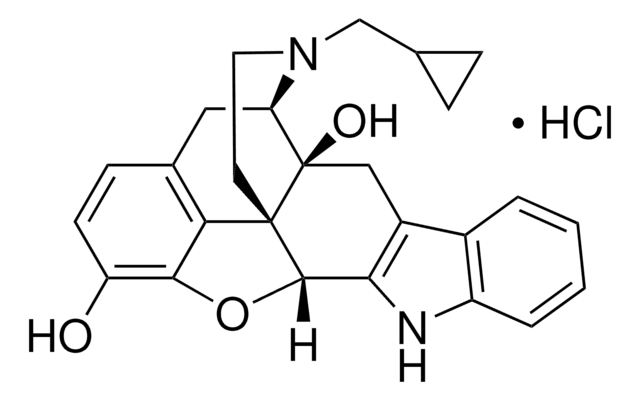B8061
N-Butyl-N-(4-hydroxybutyl)nitrosamine
ISOPAC®, ≥90% (GC)
Sign Into View Organizational & Contract Pricing
All Photos(1)
Synonym(s):
BBN, N-Butyl-N-butan-4-ol-nitrosamine, N-Butyl-N-nitroso-4-aminobutanol, OH-BBN
Empirical Formula (Hill Notation):
C8H18N2O2
Recommended Products
Quality Level
Assay
≥90% (GC)
form
liquid
storage temp.
2-8°C
InChI
1S/C8H18N2O2/c1-2-3-6-10(9-12)7-4-5-8-11/h11H,2-8H2,1H3
InChI key
DIKPQFXYECAYPC-UHFFFAOYSA-N
Application
N-Butyl-N-(4-hydroxybutyl)nitrosamine (BBN), a carcinogen, is used to induce histiologically relevant aggressive urinary bladder cancer in animal models.
Biochem/physiol Actions
Carcinogen used to induce urinary bladder cancer in animal models. The result of exposure is histologically comparable to human urinary bladder tumorigenesis. Used in chemopreventative studies.
Packaging
Packaged in a 100 mL serum bottle with butyl rubber stopper and aluminum tear seal.
Caution
Injecting any compatible solvent permits preparation of any desired strength solution without exposure.
Reconstitution
Dissolving the contents in 100 mL of solvent yields a 1% solution.
Legal Information
Isopac is a registered trademark of Merck KGaA, Darmstadt, Germany
Signal Word
Danger
Hazard Statements
Precautionary Statements
Hazard Classifications
Acute Tox. 4 Oral - Carc. 1B
WGK
WGK 3
Flash Point(F)
296.6 °F
Flash Point(C)
147 °C
Personal Protective Equipment
dust mask type N95 (US), Eyeshields, Gloves
Certificates of Analysis (COA)
Search for Certificates of Analysis (COA) by entering the products Lot/Batch Number. Lot and Batch Numbers can be found on a product’s label following the words ‘Lot’ or ‘Batch’.
Already Own This Product?
Find documentation for the products that you have recently purchased in the Document Library.
Yuji Sagara et al.
Cancer epidemiology, 34(3), 350-354 (2010-04-07)
Green tea polyphenol (GTP) suppresses malignancy in bladder cancer cell lines. However, the detail of its anti-carcinogenic effect in vivo is not fully understood. This study investigated the effect of GTP on bladder tumor size and angiogenesis in mice given
Inhibition of bladder tumor growth by chitooligosaccharides in an experimental carcinogenesis model.
João C Fernandes et al.
Marine drugs, 10(12), 2661-2675 (2013-01-25)
Urinary bladder cancer is one of the most common cancers worldwide, with the highest incidence in industrialized countries. Patients with cancer commonly use unconventional and complementary therapy including nutraceuticals. In this study we evaluated the efficacy of chitooligosaccharides (in orange
Vernon E Steele et al.
Cancer prevention research (Philadelphia, Pa.), 2(11), 951-956 (2009-11-07)
Nonsteroidal anti-inflammatory drugs (NSAID) have been highly effective in preventing colon, urinary bladder, and skin cancer preclinically, and also in clinical trials of colon adenoma formation. However, certain NSAIDs cause gastrointestinal ulceration and may increase cardiovascular events. Naproxen seems to
Koji Nishizawa et al.
International journal of cancer, 127(5), 1180-1187 (2009-12-30)
We previously reported that the expression of CXC chemokine receptor-4 (CXCR4) was upregulated in invasive bladder cancers and that the small peptide T140 was a highly sensitive antagonist for CXCR4. In this study, we identified that CXCR4 expression was induced
Xiao-Li Xie et al.
Food and chemical toxicology : an international journal published for the British Industrial Biological Research Association, 50(11), 3934-3940 (2012-08-15)
In the present study, effects of L-leucine and L-isoleucine on rat bladder carcinogenesis were investigated using AIN-93G and MF basal diet. In Experiment 1, N-butyl-N-(4-hydroxybutyl)-nitrosamine was used as an initiator of bladder carcinogenesis. In the AIN-93G diet groups, a significantly
Our team of scientists has experience in all areas of research including Life Science, Material Science, Chemical Synthesis, Chromatography, Analytical and many others.
Contact Technical Service